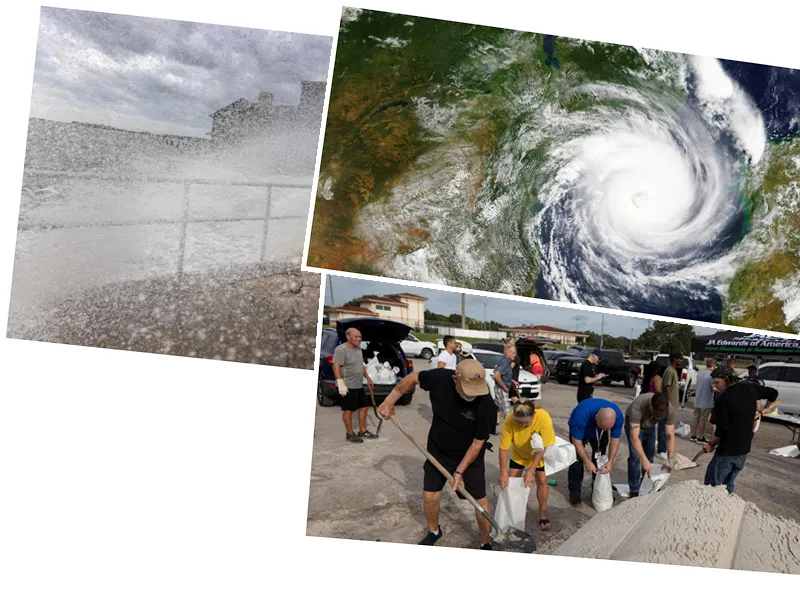Severe Storms Cause Havoc in Northern Italy
Northern Italy has been hit hard by extreme weather, with several regions experiencing severe storms, heavy rain, and hailstones as large as billiard balls. These weather events have caused significant damage and widespread disruption.
Impact on Infrastructure and Daily Life
In Lombardy, torrential rain has led to flooding around Lake Como, causing road closures and disrupting rail services. The province of Varese experienced a tornado that knocked over trees and caused further road closures. In Milan, lightning struck electrical boxes near the Cimianometro station, suspending services on a section of the city's subway line.
The storms have also caused landslides in the Piedmont region and Val di Zoldo, with fallen trees disrupting transportation. In Trentino, emergency services received 250 calls related to the storm. South Tyrol faced severe flooding, with a mudslide hitting a hotel in the Eisack Valley.
The Role of Climate Change
Scientists attribute these extreme weather events to the climate crisis caused by human greenhouse gas emissions. The burning of fossil fuels like oil, gas, and coal is the primary driver of global warming, leading to more frequent and intense weather events such as heatwaves, droughts, and supercharged storms. The recent storms in Italy are a stark reminder of the urgent need to address climate change to prevent further environmental and infrastructural damage.
- The heavy rain and thunderstorms have also led to significant pollution in Lake Como, with large amounts of rubble and branches ending up in the water. The lake's shoreline was still heavily polluted days after the storms.
- Videos shared on social media, including one by Luca Zaia, the president of the Veneto region, showcase the sheer force of the storms. One video shows heavy rain and gusts of wind, with a car unable to move forward and a tree falling over shortly after.
- Rescue workers have been working tirelessly to repair the damage and assist those affected by the storms. The extreme weather has highlighted the vulnerability of infrastructure and the need for better preparedness and response mechanisms.






